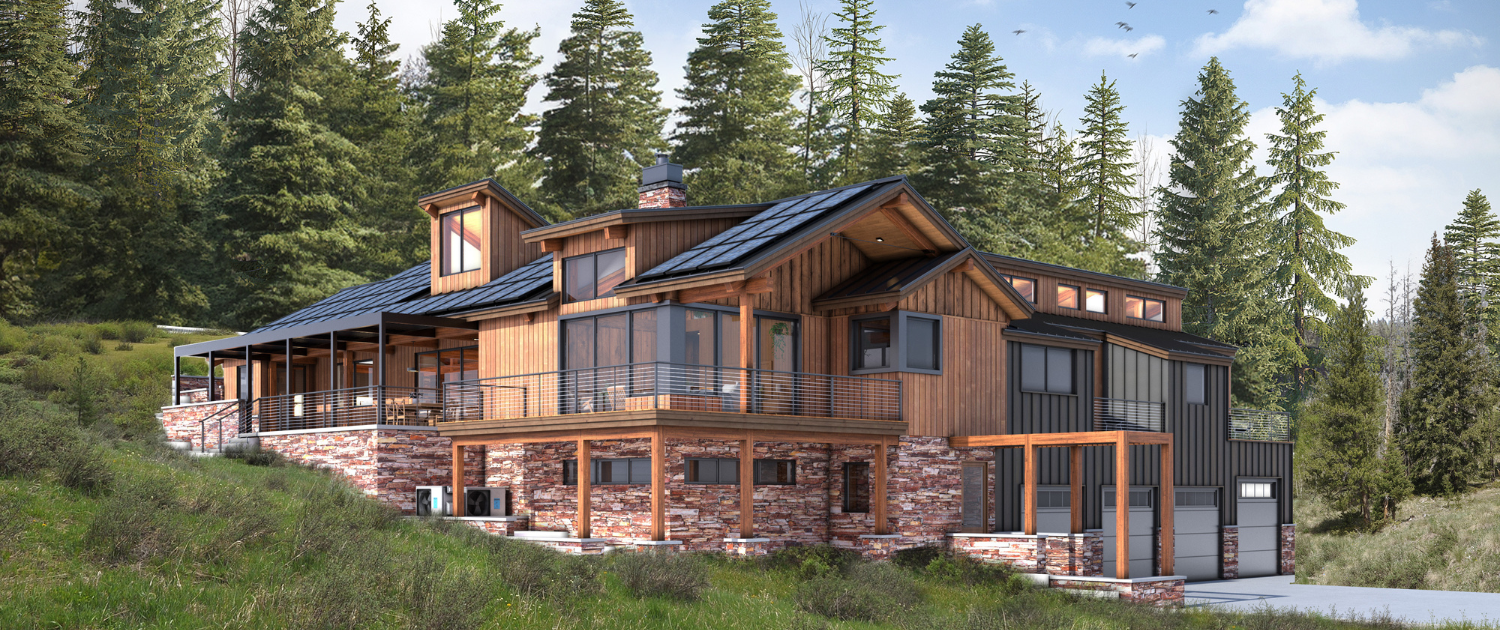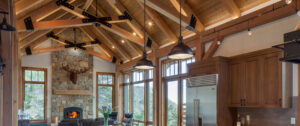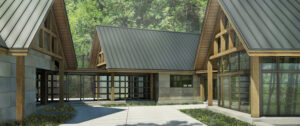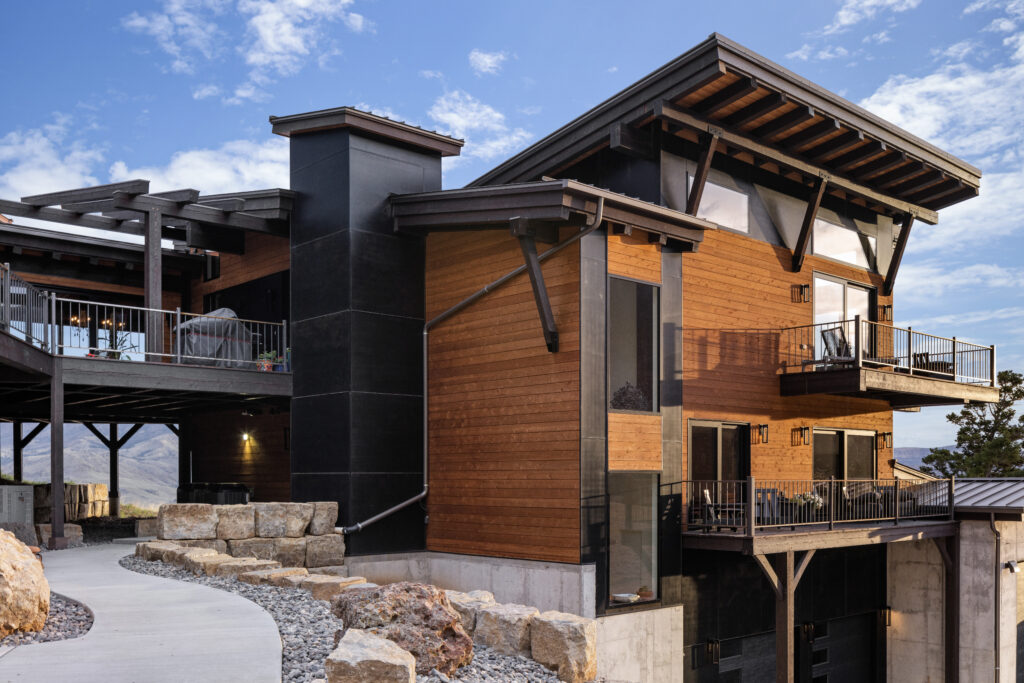Whether you’re connected to the utility grid or living fully self-sufficiently, energy use plays a central role in the comfort, cost, and sustainability of your home. At Tabberson Architects, we design spaces that not only meet your aesthetic vision but also maximize energy efficiency through thoughtful, integrated solutions. Here’s how we approach energy use for both on- and off-grid residences.
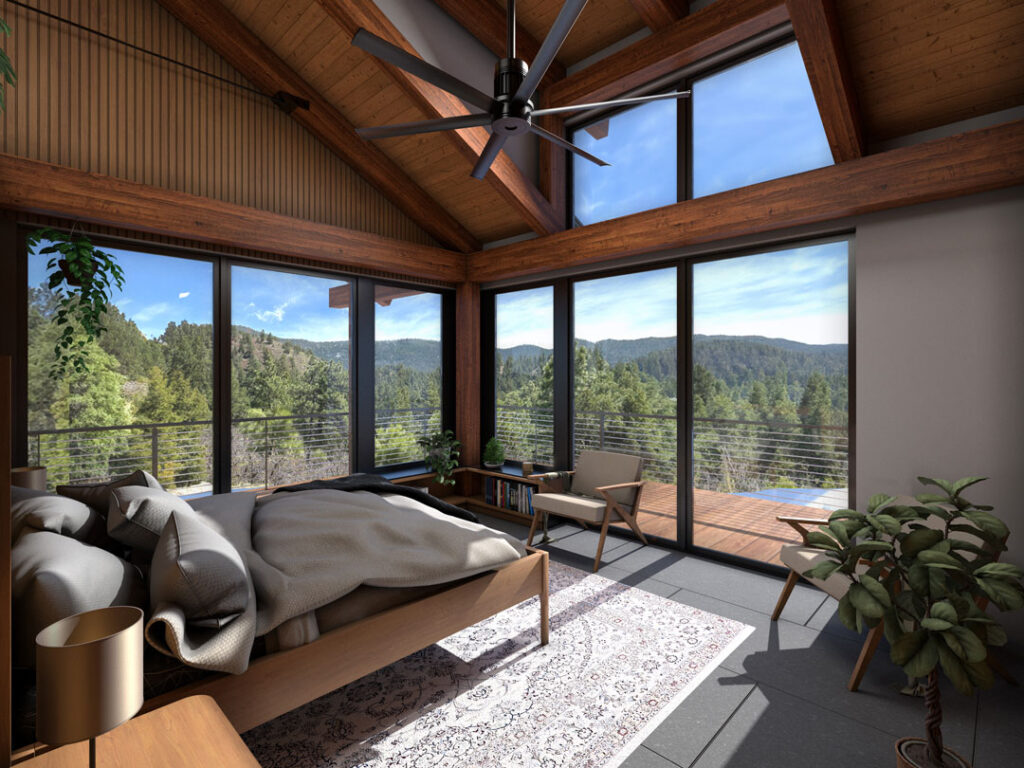
Implementing Passive and Active Design Strategies
The most efficient homes combine passive strategies—design choices that work with nature—and active systems—technologies that produce, store, or conserve energy. Passive measures like strategic window placement, shading devices, and thermal mass can work in tandem with active solutions such as solar panels, advanced HVAC systems, and energy monitoring tools. This integrated approach reduces your reliance on purchased energy and improves year-round performance.
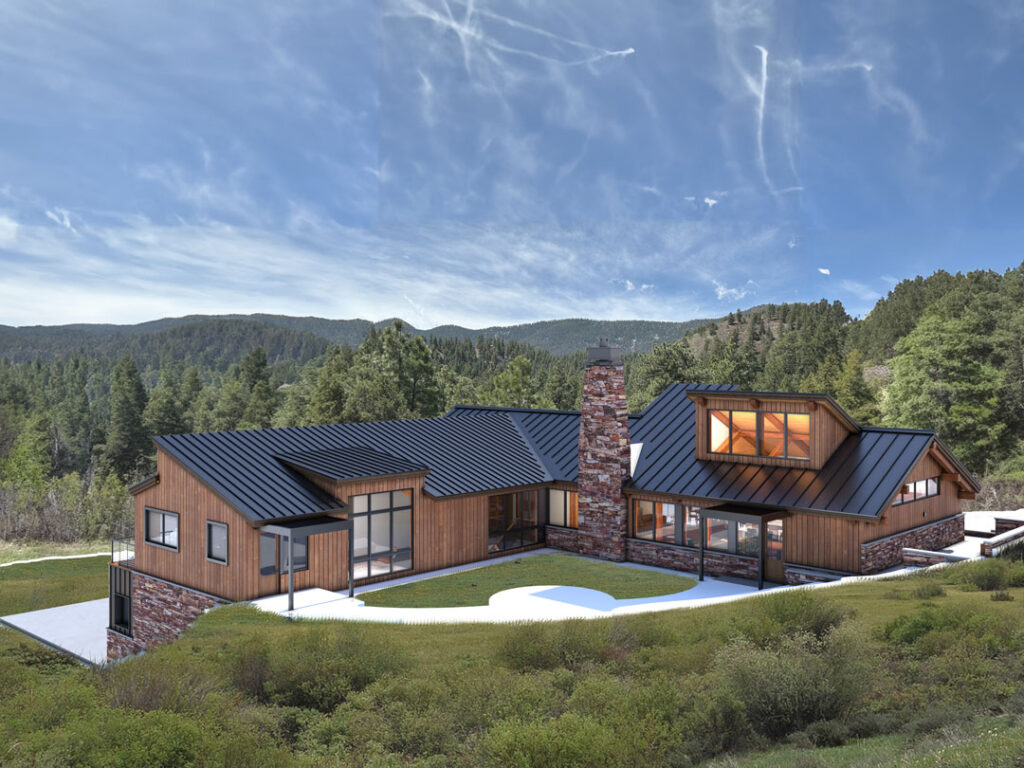
Using Solar Orientation for Passive Heating and Lighting
By aligning your home with the sun’s path, we can capture natural light and passive heat when you need it most. In colder months, south-facing windows can help warm interior spaces, while overhangs and shading can protect against overheating in summer. The result: reduced need for artificial lighting and heating, and lower long-term energy bills.
Insulation and Air-Tight Construction
A home’s envelope—the walls, roof, windows, and doors—has a direct impact on energy use. High-quality insulation and air-tight construction ensure that conditioned air stays inside and outdoor air stays out. Whether your home is grid-tied or off-grid, minimizing heat loss and gain is one of the most cost-effective ways to reduce energy consumption.
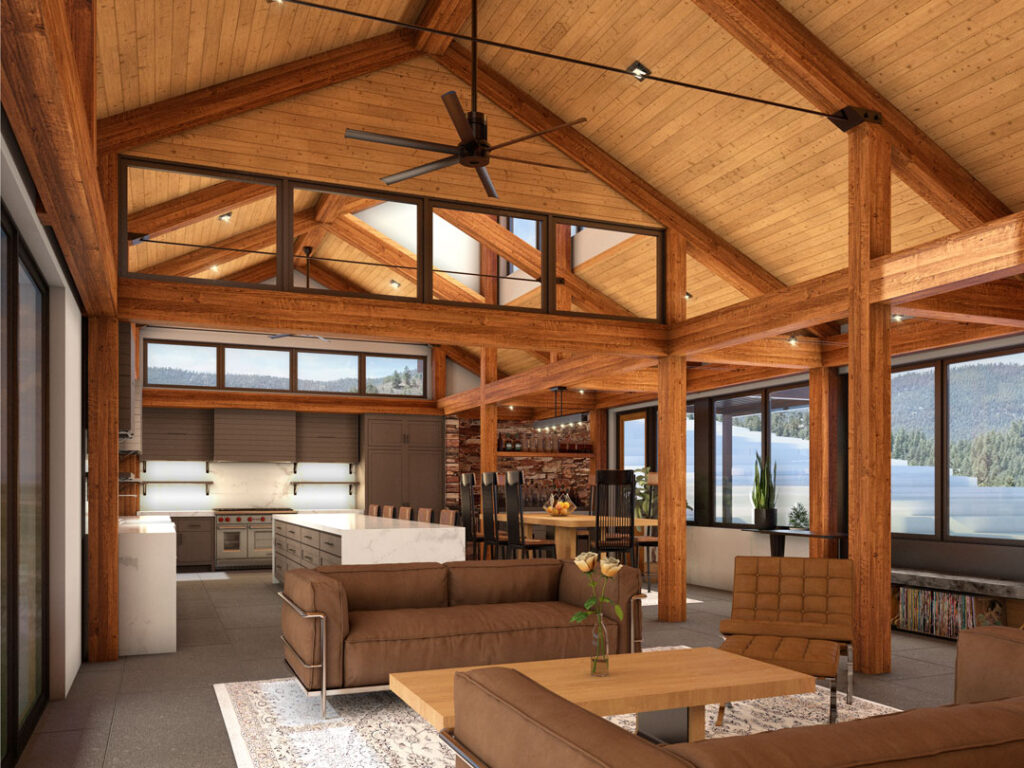
High-Efficiency Appliances and LED Lighting
Every watt counts, especially in an off-grid home powered by a finite solar or battery system. By selecting high-efficiency electric appliances and LED lighting, you not only reduce your energy footprint but also extend the lifespan of your power supply. These upgrades can be implemented in both new builds and renovations for immediate impact.
Optimized Mechanical Systems and Energy Storage
Mechanical systems—heating, cooling, ventilation, and hot water—should be sized for your actual needs, not overbuilt. For off-grid living, this includes properly scaled photovoltaic (PV) panels and battery storage systems to ensure reliable energy availability. On-grid homes can also benefit from smaller, smarter systems that lower utility costs and reduce environmental impact.
Understanding Upfront Costs vs. Long-Term Savings
Energy-efficient construction often involves higher upfront investment, but these costs can pay off over time through reduced utility bills, less maintenance, and increased home value. At Tabberson Architects, we help clients evaluate the return on investment of each energy-saving measure so you can make informed, future-focused decisions.
